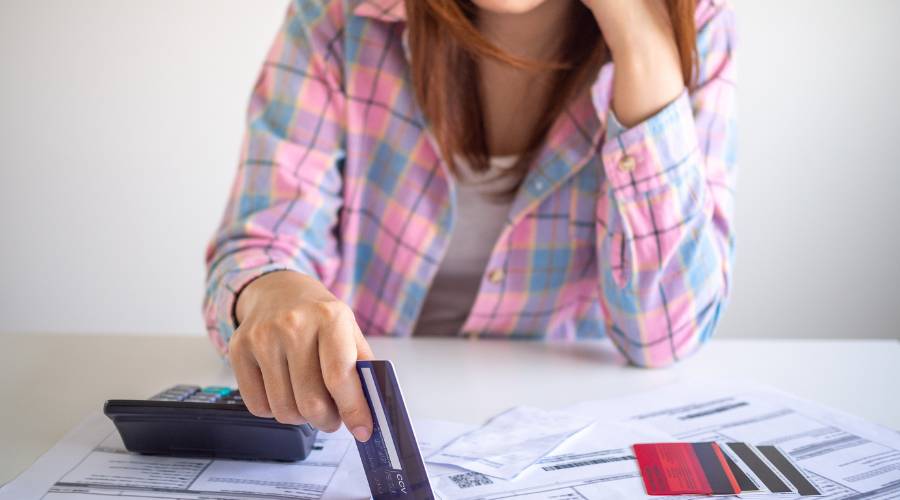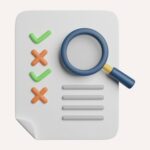Managing personal finances is a crucial aspect of everyday life.
Staying organized with bills and payments not only helps maintain a healthy financial situation but also reduces stress and prevents costly late fees.
Unfortunately, many individuals struggle to keep track of their bills and payments, resulting in missed due dates and financial disarray.
In this blog post, we will provide 8 simple steps to help you effectively manage your bills and payments.
1. Set Up a Bill Payment Calendar
Using a calendar is an excellent way to stay on top of your bills and payments.
There are two primary options to consider: physical calendars and digital calendars.
A physical calendar, such as a wall or desk calendar, can be hung or placed in a highly visible area in your home.
Digital calendars, on the other hand, can be accessed through devices like smartphones, tablets, and computers.
Regardless of the type of calendar you choose, make sure to add bill due dates and set payment reminders. This will help you avoid late fees and maintain a good credit score.
2. Establish a Budget
Creating a budget is crucial for effectively tracking bills and ensuring that you live within your means.
Begin by listing all your sources of income and your monthly expenses.
Be as accurate as possible, and include everything from rent or mortgage payments to groceries, entertainment, and savings contributions.
Once you have a clear understanding of your financial situation, set spending limits for each category.
Regularly monitor your spending and adjust your budget as needed to ensure that you’re on track to meet your financial goals.
3. Automate Payments
Automating your payments is a great way to ensure that you never miss a bill payment.
Many service providers, such as utility companies and credit card issuers, offer automatic payment options that can be easily set up through their websites or customer service departments.
Before automating your payments, ensure that you have enough funds in your account to cover the payments each month.
It’s also a good idea to set up payment reminders, just in case you need to transfer funds to cover an upcoming bill.
4. Consolidate Due Dates
Having fewer due dates can make it easier to manage your bills and payments.
Consider contacting your service providers to change your bill due dates, ideally aligning them with your paydays.
This will help you better manage your cash flow and ensure that you always have funds available for your bills.
5. Use Bill Tracking Apps and Tools
There are several bill tracking apps and tools available that can help you effectively manage your finances.
Popular options include Mint, YNAB (You Need A Budget), and Prism.
These apps offer features like bill reminders, expense categorization, and budget tracking.
When selecting a bill tracking app, look for one that integrates well with your existing financial tools, such as your bank accounts and credit cards.
This will make it easier to stay on top of your bills and payments, ensuring that you’re always in control of your finances.
6. Create a Filing System
Organizing your financial documents is essential for keeping track of your bills and payments.
Decide whether you prefer a physical or digital filing system, and then set up an organized structure for storing your documents.
This might include folders for specific categories like utilities, credit cards, and insurance.
For a physical filing system, invest in a filing cabinet or expanding file folders. For a digital system, create folders on your computer or use cloud-based storage services like Google Drive or Dropbox.
7. Regularly Review Statements and Bills
It’s important to review your statements and bills regularly to ensure their accuracy.
By doing so, you can identify and address any billing errors, saving you money in the long run.
Moreover, reviewing your statements allows you to evaluate your spending habits, helping you make necessary adjustments to your budget.
Set aside time each month to go over your statements and bills, comparing them against your budget and financial goals.
If you notice any discrepancies or unexpected charges, contact the service provider to resolve the issue.
8. Set Financial Goals
Establishing financial goals can serve as motivation to stay on top of your bills and payments.
Start by identifying both short-term and long-term goals, such as saving for a vacation, paying off a credit card, or saving for retirement.
Be realistic with your goals, considering your current financial situation and income.
Once you have your goals in place, track your progress regularly. Seeing your progress can be encouraging and help you stay committed to managing your bills and payments effectively.
Conclusion
Taking control of your personal finances doesn’t have to be overwhelming. I hope these simple tips will help you track your bills and payments.








